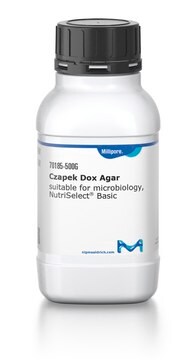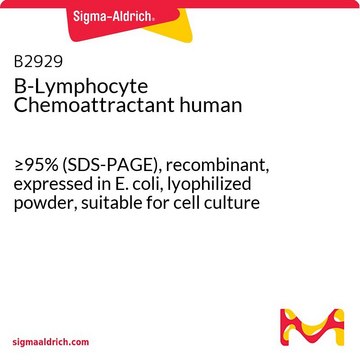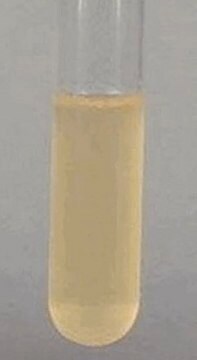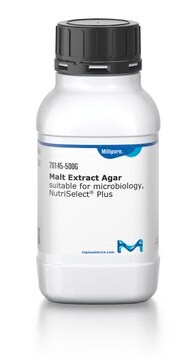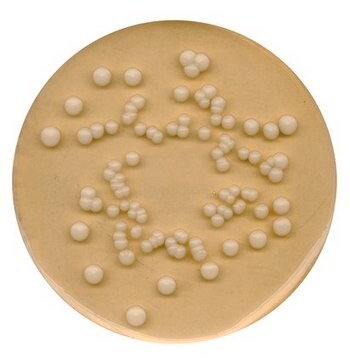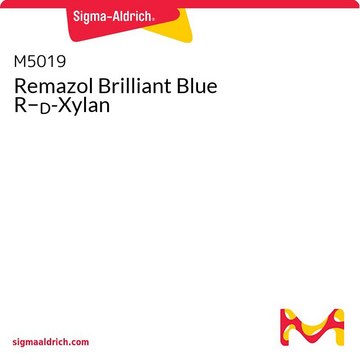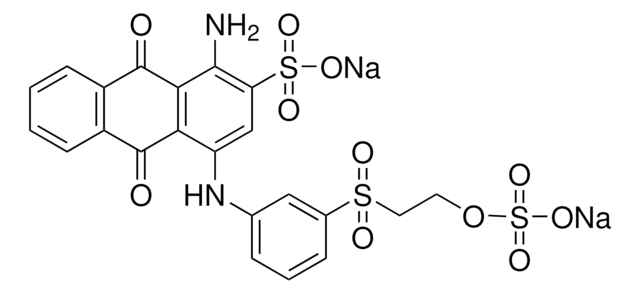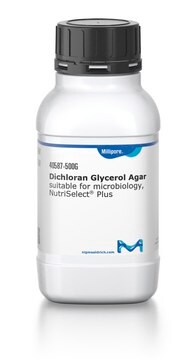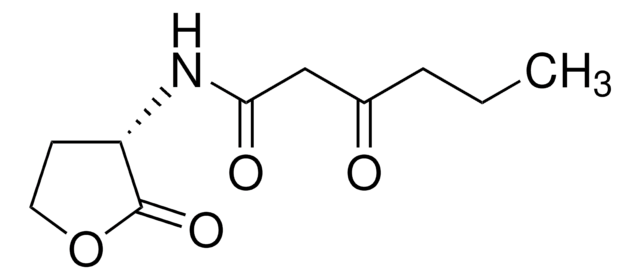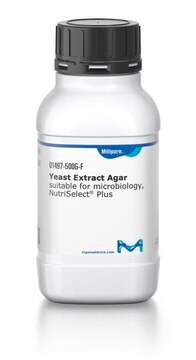C1551
Czapek-Dox broth
suitable for microbiology, NutriSelect® Basic
About This Item
Produits recommandés
Stérilité
non-sterile
Niveau de qualité
Forme
powder
Fabricant/nom de marque
NutriSelect® Basic
Technique(s)
microbiological culture: suitable
Application(s)
bioburden testing
food and beverages
microbiology
Adéquation
nonselective for Aspergillus spp.
nonselective for Candida spp.
nonselective for Saccharomyces spp.
nonselective for molds (General Media)
nonselective for yeasts (General Media)
Catégories apparentées
Description générale
Application
Composants
Notes préparatoires
Remarque sur l'analyse
Note de bas de page
The designations basic, plus, or prime are added to indicate the quality control level, from basic quality control to standard QC plus to prime for full regulatory compliance.
Informations légales
Mention d'avertissement
Warning
Mentions de danger
Conseils de prudence
Classification des risques
Ox. Sol. 3
Code de la classe de stockage
5.1B - Oxidizing hazardous materials
Classe de danger pour l'eau (WGK)
WGK 1
Point d'éclair (°F)
Not applicable
Point d'éclair (°C)
Not applicable
Faites votre choix parmi les versions les plus récentes :
Déjà en possession de ce produit ?
Retrouvez la documentation relative aux produits que vous avez récemment achetés dans la Bibliothèque de documents.
Les clients ont également consulté
Notre équipe de scientifiques dispose d'une expérience dans tous les secteurs de la recherche, notamment en sciences de la vie, science des matériaux, synthèse chimique, chromatographie, analyse et dans de nombreux autres domaines..
Contacter notre Service technique